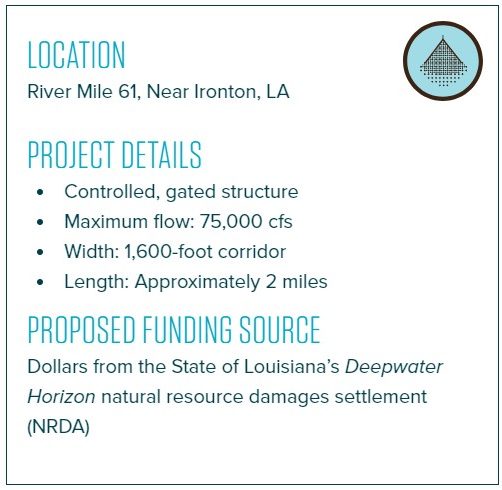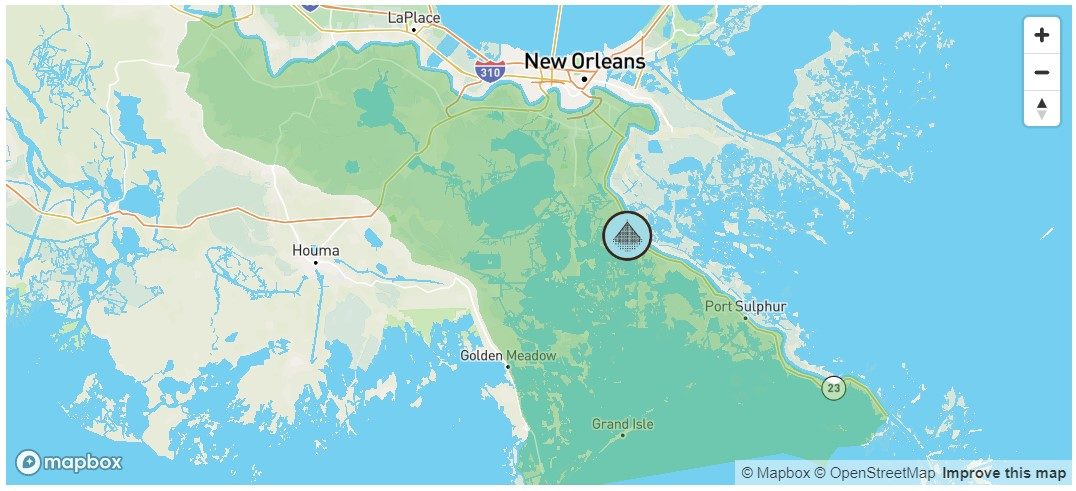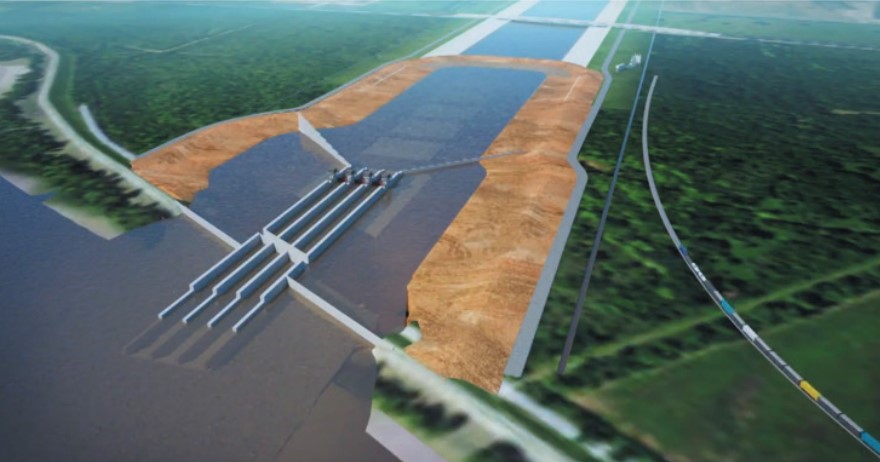The state’s largest planned coastal restoration project – and the keystone to its Coastal Master Plan – got the go ahead from the U.S. Army Corps of Engineers (Corps). On Monday, December 19, 2023, the Corps issued its Record of Decision to issue the permitting required for advancement of the Mid-Barataria Sediment Diversion.
Leveeing of the Mississippi River resulted in a saltier Barataria Basin, causing saltwater species to make a northward shift; without restoration, these changes will continue, resulting in a loss of species that rely on productive freshwater and intermediate wetland habitats. Reconnecting the river to the basin will maintain vital wetlands and restore the health and vitality of the entire ecosystem.
The $2.5 billion diversion is projected to build up to 21 square miles of wetlands by 2070 by restoring deltaic processes between the Mississippi River and the Mid-Barataria Basin. The permit includes several conditions for monitoring effects of the operation of the diversion.



“The greenlight on this project moves us closer to finally implementing a critical component of the solution to our land loss crisis that science has pointed us to for decades – using the land-building power of the Mississippi River to sustainably build and maintain land”, said CPRA Chairman Chip Kline in a press release following the decision. “It unlocks our ability to use every tool in the toolbox, making our approach to coastal restoration and protection efforts stronger, more effective, and more innovative than ever before.”
Change is nothing new for Louisiana’s coast, shaped by the Mississippi River and the Gulf of Mexico. But our coast is disappearing; the scale of changes we face now is unprecedented. It is vital that bold action is taken to help protect communities, businesses, and natural resources from the devastating effects of hurricanes, storm surge, and sea level rise.
The single biggest thing that can be done to help mitigate some of this loss – and address this crisis – is to allow the Mississippi River to do what it’s done for thousands of years: build land with its sediment and nutrient-rich water. LWF applauds this milestone as a major step forward in making Louisiana’s coast more sustainable for future generations.
For updates on the project, visit www.midbasin.coastal.la.gov .

